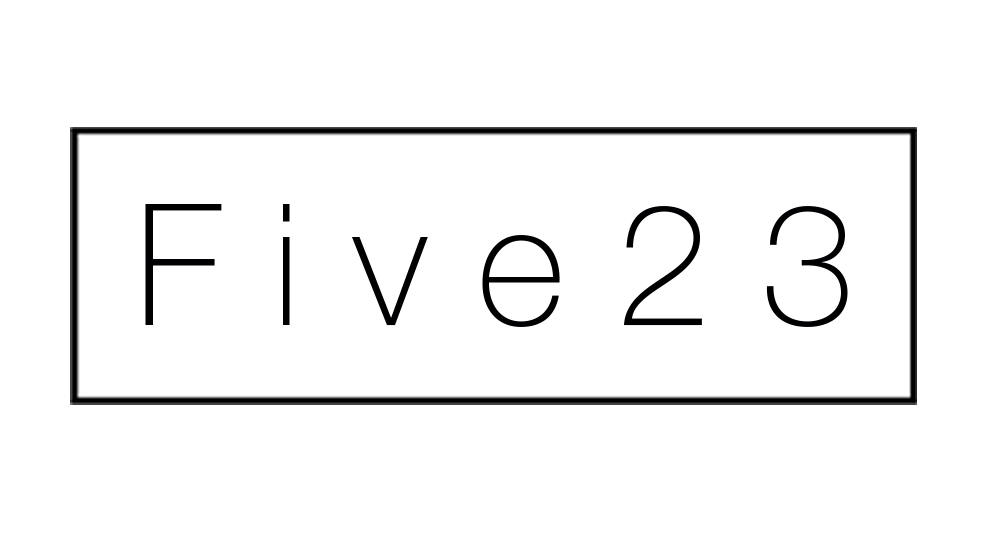
11 Oct Managing Cash Flow and Burn Rate
Cash burn rate is a term startups need to know. It basically shows the average monthly costs or the rate at which your cash is being spent. Why is it important? Because it measures how fast your company is spending the available cash; it helps calculate how long it will take before running out of finances. From this perspective, it is a measure of the negative cash flow and an indicator for the self-sustainment of the company.
There are two types of burn rate, depending on how you calculate it:
Gross Burn Rate: is the average monthly cost regardless the revenue.
Net Burn Rate: this represents the monthly loss, the costs that remain uncovered by the revenue.
It is important to state that burn rate is more relevant for companies that are not yet generating any revenue and are relying on the initial cash reserves (investment). In this case we talk about the gross cash burn rate. It is a common situation for funded startups and may prove to be a reason of concern for the investors.
So how do we calculate this cash burn rate?
To get the numbers you need, look at your cash flow. Take into account all the cash flow types: operating, investing, financing. Decide over the period of time at which you are going to relate to; it may be the past 12, 9, 6 or 3 months.
To obtain the gross burn rate, take into account expenses only. Calculate the difference between the starting cash and the ending cash amount of your chosen period, taking into account cash payments only (regardless the revenue). You divide the result by the number of months in this period and you have the gross cash burn rate.
For the net burn rate, the operation is similar. This time you extract the ending cash balance from the starting one of the selected period. Cash revenues are taken into account.
For many startups, which haven’t generated any revenue in the time frame for which they calculate their cash burn rate, the gross and the net value will be the same. Also, startups should consider a prospective burn rate, based on forecasted costs. It can be calculated similarly to the retrospective burn rate, with the difference that this time one starts with the initial funds and extracts the estimated costs (as accurate as possible) for the following 3 to 12 months; then divide to the number of months in the forecasting time frame. This estimated burn rate will give startup owners a good view on how fast they need to start generating revenue and how much, in order to stay in business and develop further.
In numbers
Let’s calculate the burn rate for a quarter. Let’s say that at the start of the last quarter you had a cash reserve of 100K in US Dollars. At the end of the quarter you only had 40K. Let’s assume that you haven’t had any revenue. This means that you spent 60K over 3 months. We divide 60K by 3 and we obtain a burning rate of 20K per month. If we assume that you also had some cash revenue of, say 30K, your loss will be of only 30K. Divided by 3 (months), you will obtain a cash net burning rate of 10K per month.
However, because cash revenue is a rather unpredictable value, especially for young companies, it is better to look at the cash gross burning rate as a measure of how well things are being handled.
How do you use the cash burn rate?
This metric is not of great relevance by itself. It needs to be related to other values such as cash reserves, revenue and profit. Another useful indicator that can be calculated with the help of cash burn rate is the ”cash runway”. This value will show for how long the company can last without any revenue, at the current burn rate. It is the result of dividing the remaining cash reserve to the burn rate that you obtained. In our example, it will be 40K/10K, meaning the company can continue its activity for another 4 months before running out of cash.
Both young and mature companies should pay attention to the cash burn rate (and cash runway implicitly). It’s true that these metrics are more relevant for startups (and investors all the same) as a sign of their potential to manage their activity, survive and ultimately start growing sustainably. However, mature companies shouldn’t ignore it, despite their stable revenue stream. A burn rate check once in awhile may prevent unwanted trouble.
Small or big? How high should the burning rate be?
For a company to be sure it can go on undisturbed, a lower cash burn rate is preferred. A net negative one is even better, because it shows that the company is generating more cash than it spends, building up its cash reserves (a safety net for times of struggle). Still, a great amount of cash reserves is not a good thing, either. It may seem as a paradox, but having money that stagnate and are not working to generate growth and more revenue is not a good sign for a business. It’s always about balance.
So when you start building cash reserves, plan ahead and see for how long you need it at the current burn rate so your company stays safe and comfortable. The rest ; invest it, use it to grow, make it work for the business.
In summary, cash burning rate points out clearly how long you can continue your activity with the current expenses and revenue stream. It will tell you how soon you need to take serious action, reduce costs and start generating revenue. And, very important, it relies on your cash flow recordings. So don’t put off your cash flow management any more. It will prove of great help. And if you have any questions about this topic and how to manage it, feel free to reach out. We’d love to help you get on the right path when it comes to burn rates.

